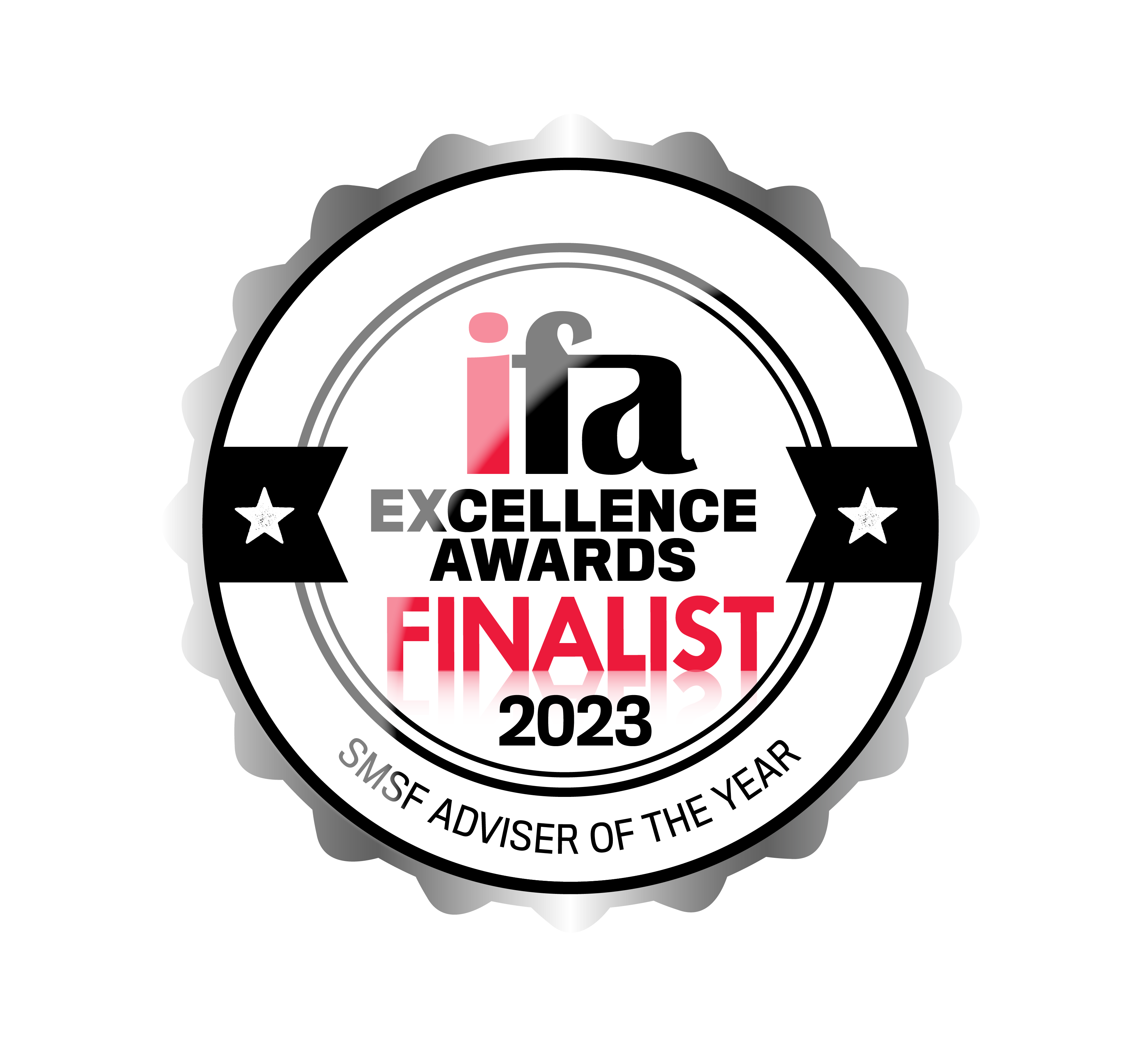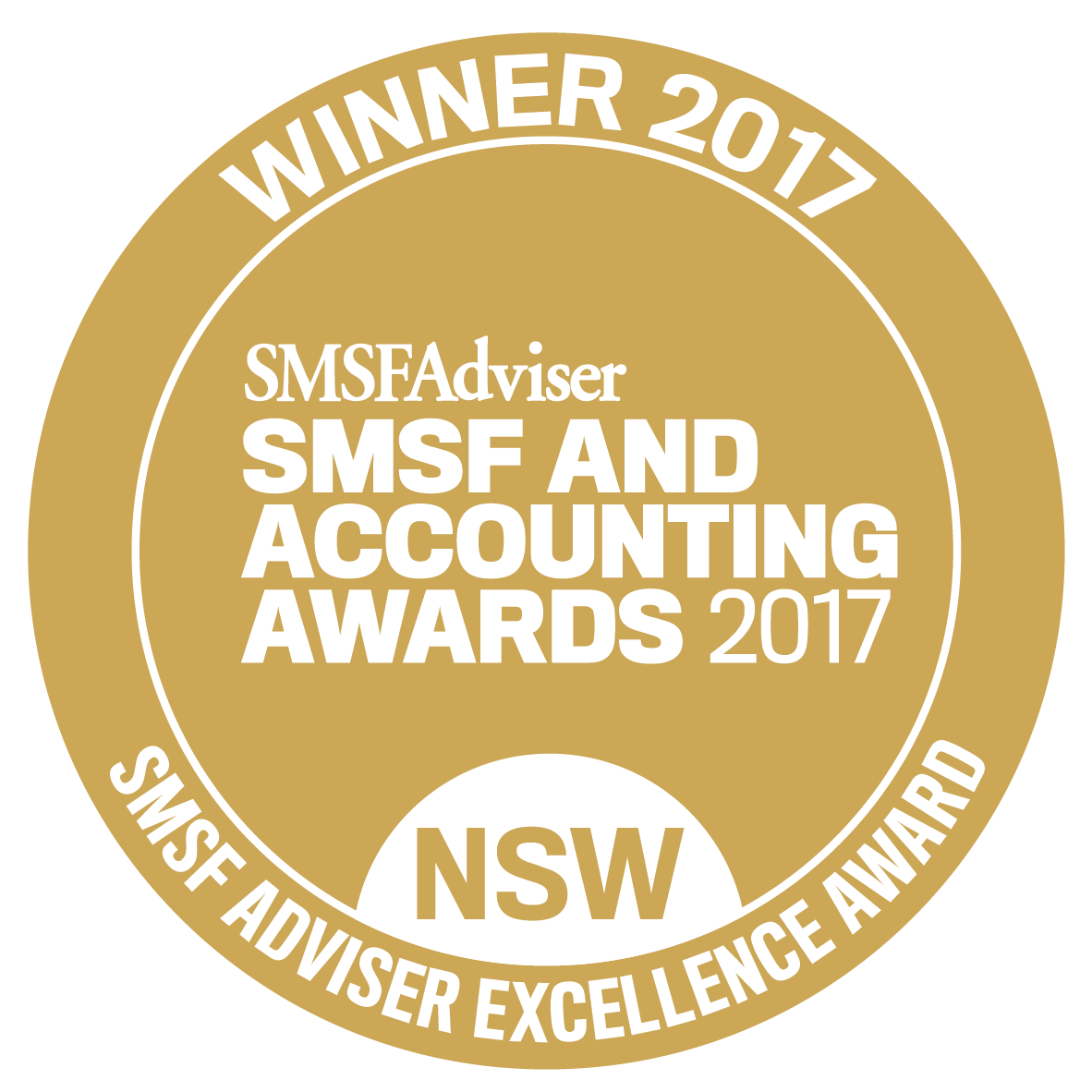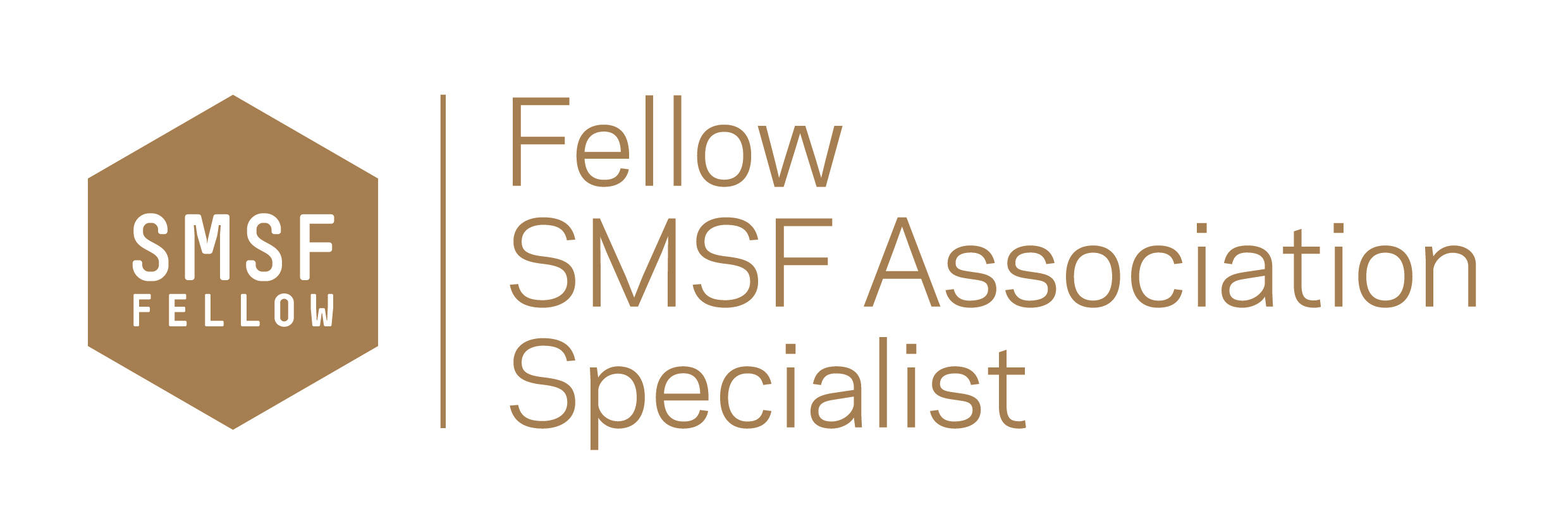
Business Premises owned by SMSF
Interested in property and also running a business? Then one popular strategy used by many small business owners is to own their business premises in their self managed superannuation fund (SMSF).
Before we start let me emphasise, this is not a strategy to prop up a failing business.
There are a number of benefits in adopting this strategy:
- As superannuation is generally more tax-effective than other investment entities you can have one of your major assets owned by a separate entity to yourself or your business thereby offering a greater degree of diversification of risk and ;
- some asset protection as in the event of severe financial difficulty or even bankruptcy, creditors find it more difficult to get access to or create caveats over super fund investments as long as the premises were bought or transferred to the SMSF in good times, for clearly documented reasons and not deliberately to prevent creditors efforts to seek redress.
- By having the premises owned by the fund rather than a third-party landlord you have more freedom to add fixtures and fittings, additional capacity and make changes to the layout without having to seek someone else’s approval and have surety of tenure that the costs can be recouped over time rather than worrying about ability to renew a lease at the landlords whim.
- By accessing the capital held in a self managed super fund, your business can have more flexibility to make better use of its own capital to build or maintain the business.
- It can often make it easier to sell a business later or pass it to family if they are not burdened with the capital requirements of funding a property purchase as part of the deal. This can also be a very stable income source in retirement as commercial / industrial property rents are often 7% or more.
When a SMSF owns real estate and you want to lease it back to your business which is seen as a related party of the fund the property must meet the definition of business real property (BRP).
Related parties of your fund include all its members, all their relatives and entities that those members and relatives control, or are deemed to control.
The definition of business real property is in subsection 66(5) of the SIS Act:
business real property , in relation to an entity, means:
a) any freehold or leasehold interest of the entity in real property; or
b) any interest of the entity in Crown land, other than a leasehold interest, being an interest that is capable of assignment or transfer; or
c) if another class of interest in relation to real property is prescribed by the regulations for the purposes of this paragraph – any interest belonging to that class that is held by the entity;
where the real property is used wholly and exclusively in one or more businesses (whether carried on by the entity or not), but does not include any interest held in the capacity of beneficiary of a trust estate.
Accordingly, two basic conditions must be satisfied before an SMSF, or any other entity related to or dealing with an SMSF, can be said to hold business real property :
- the SMSF or the other entity must hold an eligible interest in real property; that is an interest identified in paragraph (a), (b) or (c) of the business real property definition; and
- the underlying land must satisfy the business use test in the definition, which requires the real property to be ‘used wholly and exclusively in one or more businesses’ carried on by an entity.
For more detail and numerous examples of Business Real Property you should see Self Managed Superannuation Funds Ruling SMSFR 2009/1
If the property does not easily fit the definition of a BRP, then the asset will be considered an in-house asset and my advice is to not to push the limits of the ATO’s patience. Seek good legal and tax advice to ensure you understand all the implications and requirements of having or transferring a property into a a SMSF
SMSFs with in-house assets need to make sure that their fund’s total in-house assets do not exceed 5 per cent of the market value of all the fund’s assets. The 5% test is measured at acquisition and at the end of each financial year. If there is a breach, then corrective action must be taken.
Document the Lease
To keep the relationship on an arm’s length basis do not take short cuts, treat the lease like it was between 2 unrelated parties out and formal lease between the SMSF and the tenant (your or any other business). The terms of the lease should be clear and easily identified by an auditor reviewing the actions and paper trail of the trustees.
As trustee’s you are dealing with this property on behalf of the SMSF so you must be prepared to enforce the terms of the lease with the tenants. Lease payments must be paid on time and I recommend a direct debit be set up to ensure the temptation to delay or miss payments is avoided. If the business fails to meet its rental payment schedule the default penalty clauses must be enforced as they would for a third-party lease.
TIPS
For an online source to a flexible comprehensive lease agreement that ticks all the boxes you can visit DIY Legal Kits – Lease Agreements
Example
Peter the Physiotherapist is specialising in rehabilitation and water therapy and needs a property where he can install heavy equipment bolted to the floors and a hydrotherapy pool.
A suitable property is available locally for $750,000. The problem is that the business doesn’t have the capital to purchase the property or the capacity to borrow that amount.
Peter and his wife Margaret have their own SMSF which has $450,000 in the fund.
Peter & Margaret decide that SMSF should purchase the property using a Limited Recourse Borrowing Arrangement to borrow the other $400,000 plus costs leaving $100,000 liquid cash in the fund.
They must use a Holding trust arrangement to hold the property under this type of scenario.
A lease must be put in place between the SMSF and the Business
A commercially comparable rent needs to be agreed and paid from the business to the SMSF.
The SMSF is a very tax effective investment vehicle in the long-term as once the members enter pension phase, the CGT and tax on rental income can be minimised.
For more details on how borrowing to buy a property in an SMSF works please see the following 3 part series of articles from earlier this year:
Property through super in a SMSF – Part 1: Background
Property through super in a SMSF – Part 2: The Process
Property through super in a SMSF – Part 3: 20 most common mistakes
Before contemplating this type of transaction is contemplated, it’s essential to consider the member’s long term retirement needs and the super fund’s investment strategy. Consider what are the impacts on the super fund in terms of liquidity, diversification, returns on the investment and what if the business fails and the property remains vacant unable to find a suitable tenant.
Keep updated by putting an email address in on the left hand column and pressing the “Sign me up!” button. Happy to take comments in the section below.
To discuss your needs you can contact me at my Castle Hill or Windsor offices or I am happy to use Skype, phone or email as suits your needs.
Bye for now.
Liam Shorte B.Bus SSA™ AFP
Financial Planner & SMSF Specialist Advisor™
Tel: 02 98941844, Mobile: 0413 936 299
PO Box 6002 BHBC, Baulkham Hills NSW 2153
5/15 Terminus St. Castle Hill NSW 2154
Corporate Authorised Representative of Viridian Select Pty Ltd ABN 41 621 447 345, AFSL 51572
This information has been prepared without taking account of your objectives, financial situation or needs. Because of this you should, before acting on this information, consider its appropriateness, having regard to your objectives, financial situation and needs. This website provides an overview or summary only and it should not be considered a comprehensive statement on any matter or relied upon as such.














1 Comment